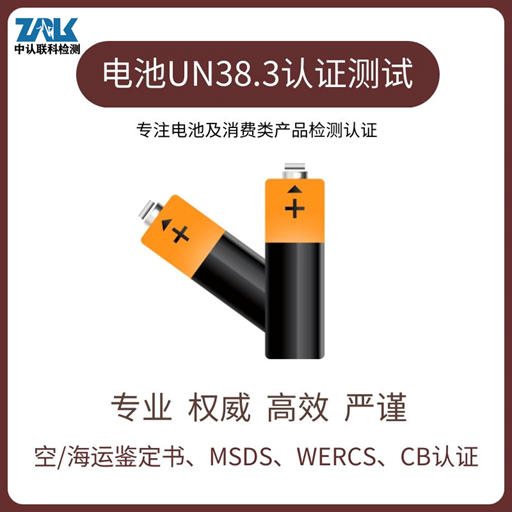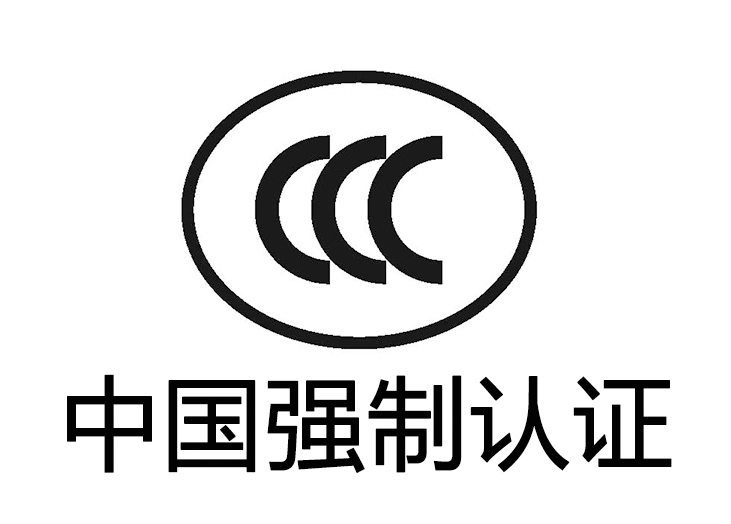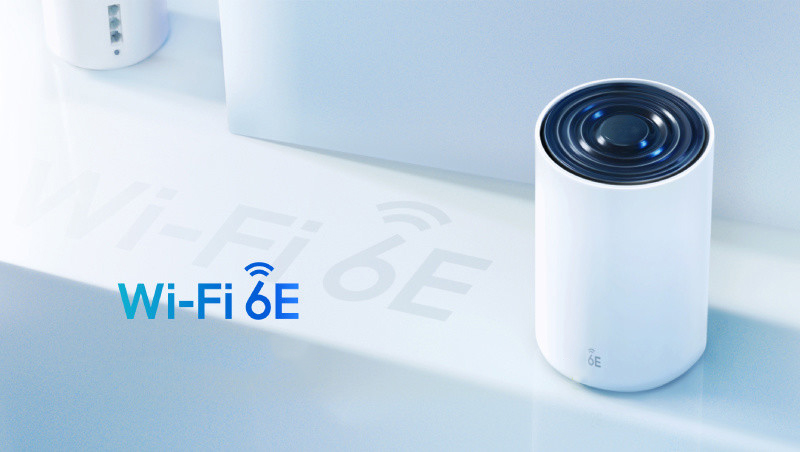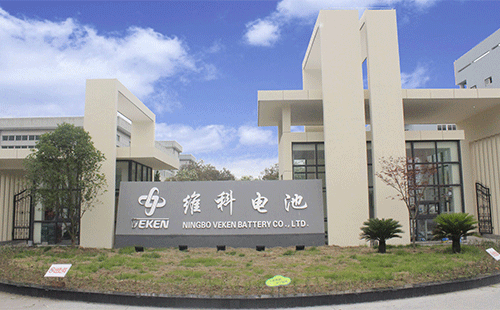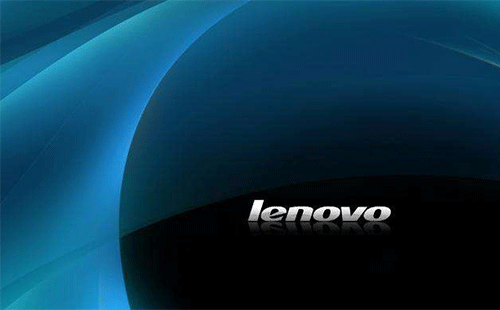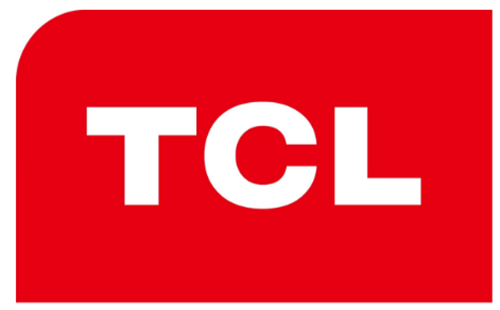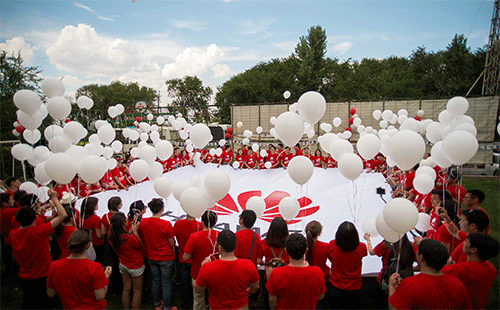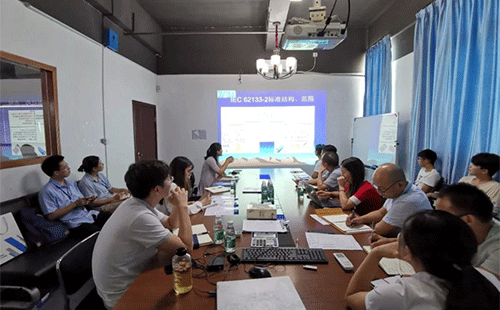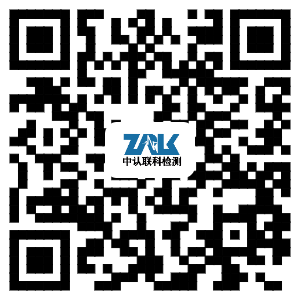In order to ensure the safety of air transportation and meet the customers’ demand for the transportation of goods containing lithium batteries, in accordance with the relevant provisions of the International Air Transport Association "Dangerous Goods Regulations", the operating specifications for rechargeable lithium batteries, namely UN38.3 (UNDOT) testing, have been formulated . According to the requirements of civil aviation regulations, airlines and airport cargo receiving and transportation departments should review the transportation documents of lithium batteries. The most important thing is the UN38.3 safety test report of each type of lithium battery. The report can be provided by a third-party testing agency designated by civil aviation, or by a battery manufacturer with testing capabilities. If this test report cannot be provided, civil aviation will prohibit air transportation of lithium batteries.
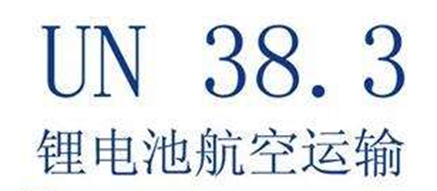
What is UN38.3 test
UN38.3 test refers to section 38.3 of the "United Nations Dangerous Goods Transport Test and Standard Manual" specially formulated by the United Nations for the transportation of dangerous goods, which requires that lithium batteries must pass high simulation, high and low temperature cycles, and vibration before transportation. Test, impact test, 55℃ external short circuit, impact test, overcharge test, forced discharge test can ensure the safety of lithium battery transportation. If the lithium battery is not installed together with the equipment, it must pass the 1.2-meter free drop test.
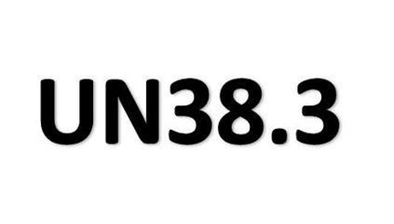
UN38.3 test report product requirements
1. Various lead-acid batteries (such as lead-acid batteries for automobile starting, fixed lead-acid batteries, small valve-regulated sealed lead-acid batteries, etc.)
2. Various power secondary batteries (such as batteries for power vehicles, batteries for electric road vehicles, batteries for electric tools, batteries for hybrid vehicles, etc.)
3. All kinds of mobile phone batteries (such as lithium ion batteries, lithium polymer batteries, nickel hydrogen batteries, etc.)
4. Various small secondary batteries (such as laptop batteries, digital camera batteries, camcorder batteries, various cylindrical batteries, wireless communication batteries, portable DVD batteries, CD and MP3 player batteries, etc.)
5. Various primary batteries (such as alkaline zinc manganese batteries, lithium manganese batteries, etc.)
UN38.3 test items
T.1 height simulation test
T.2 Thermal test
T.3 Vibration test
T.4 Impact test
T.5 External short circuit test
T.6 crash test
T.7 Overcharge test
T.8 Forced discharge test
Determine the test qualification standard
a. T.1-T.4 no quality loss, no leakage, no exhaust, no disassembly, no rupture, no fire, and the open circuit voltage is not less than 90% of the value before the test;
b. The surface temperature of T.5-T.6 does not exceed 170℃, and there is no disassembly, no cracking, and no fire within 6 hours of the test;
c. T.7-T.8 test within 7 days without disintegration, no fire.
Information to be submitted for UN38.3 test
1. Fill in the application form
2. Fill in the power of attorney, lithium battery transportation statement and random documents
3. Battery specification
4. Packaging pictures (outer package pictures, open outer package pictures, inner package pictures)
5. Test samples (the capacity, watt-hour, voltage and other parameters of the product should be printed on two products)
6. Battery specifications (templates can be provided for all the above materials) have passed 1.2m free drop test.
For more information about the UN38.3 test, you are welcome to call our staff directly to obtain detailed information such as costs, quotations and cycles.
